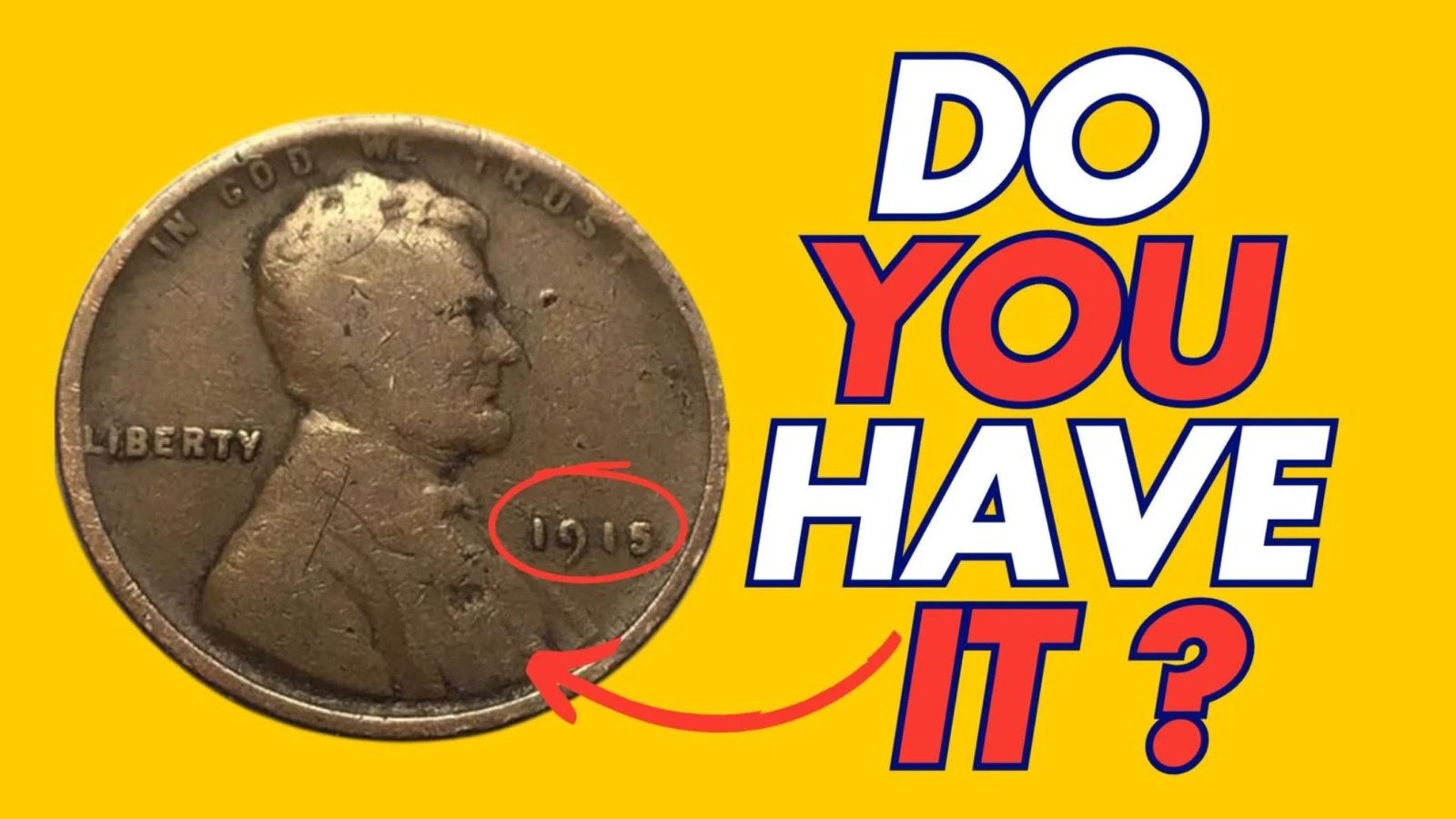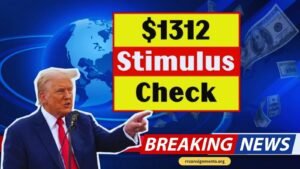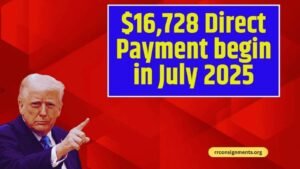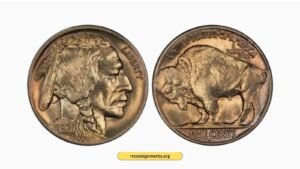Have you ever wondered if the loose change in your pocket could be worth a fortune? The Lincoln Wheat Penny, a small coin from the past, might just be hiding in your coin jar, potentially valued at an incredible $144,000! This article dives into the fascinating story of this rare coin, why it’s so valuable, and how you can check if you have one. Let’s explore this tiny treasure that’s still sparking excitement among coin collectors and everyday people.
What Is the Lincoln Wheat Penny?
The Lincoln Wheat Penny, often called the “Wheat Penny,” is a one-cent coin minted by the United States from 1909 to 1958. It was created to celebrate the 100th birthday of President Abraham Lincoln. The coin features Lincoln’s face on the front (obverse) and two wheat stalks on the back (reverse), giving it the “Wheat Penny” nickname. Designed by Victor David Brenner, it was the first U.S. coin to show a real person’s face, making it a historic piece of American money.
Why Is the Lincoln Wheat Penny So Special?
While most Wheat Pennies are worth just a few cents, some rare versions are incredibly valuable due to their scarcity, historical significance, or minting errors. The most famous of these is the 1943 Bronze Lincoln Wheat Penny, which can fetch up to $144,000 or more at auctions. But what makes this specific penny so rare?
The 1943 Bronze Penny: A Wartime Mistake
During World War II, the U.S. Mint switched to making pennies from zinc-coated steel in 1943 to save copper for war supplies like ammunition. However, a few copper (bronze) blanks from 1942 were accidentally used to mint pennies with the 1943 date. These rare “error coins” are now among the most sought-after coins in the world. Experts believe only 10 to 20 of these 1943 bronze pennies exist, making them extremely valuable.
Could a $144K Penny Still Be in Circulation?
Yes, it’s possible! While it’s very rare, some of these valuable pennies could still be hiding in coin jars, piggy banks, or even your pocket change. Many people don’t check their coins closely, so a 1943 bronze penny could be mistaken for a regular one. Over the years, some rare coins have been found in everyday transactions, like at gas stations or in bank rolls, fueling the excitement of coin hunters.
How to Spot a Valuable Lincoln Wheat Penny
If you want to check your coins for a potential treasure, here’s what to look for:
| Feature | What to Check |
|---|---|
| Year | Look for “1943” on the front of the penny. |
| Color | Bronze pennies are reddish-brown, while steel pennies are silver-gray. |
| Magnet Test | Use a magnet. Steel pennies stick to it; bronze pennies don’t. |
| Weight | Bronze pennies weigh about 3.11 grams; steel pennies weigh around 2.7 grams. |
| Mint Mark | Check for a “D” (Denver) or “S” (San Francisco) under the year for added value. |
| Condition | Coins with sharp details and minimal wear are worth more. Don’t clean the coin! |
Steps to Verify a Rare Penny
- Inspect Carefully: Use a magnifying glass to check the date and mint mark.
- Test the Material: Use a magnet to see if the penny sticks. If it doesn’t, it might be bronze.
- Weigh the Coin: A small scale can help confirm the weight (3.11 grams for bronze).
- Get It Appraised: If you think you have a rare penny, take it to a professional coin dealer or grading service like PCGS or NGC.
- Handle with Care: Avoid cleaning or touching the coin’s surface, as this can lower its value.
Other Valuable Lincoln Wheat Pennies
Besides the 1943 bronze penny, other Wheat Pennies can also be worth a lot:
- 1909-S VDB: Only 484,000 were made in San Francisco, with the designer’s initials “VDB” on the back. Value: $1,000 to $100,000.
- 1914-D: A low-mintage coin from Denver. Value: $200 to $50,000.
- 1955 Doubled Die: A famous error coin with a doubled image. Value: Up to $10,000.
- 1922 No D: A rare coin missing the “D” mint mark. Value: $500 to $20,000.
Tips for Coin Collectors
If you’re excited about hunting for rare coins, here are some tips to get started:
- Check Your Change: Look through pocket change, coin jars, or bank rolls for pennies from 1909 to 1958.
- Use Tools: A magnifying glass and a coin reference book (like the “Red Book”) can help identify valuable coins.
- Join Coin Communities: Connect with other collectors on forums like CoinTalk or Reddit’s r/coins for advice.
- Store Coins Safely: Use acid-free holders to protect your coins from damage.
- Sell Wisely: If you find a rare penny, sell through reputable auction houses like Heritage Auctions or trusted coin dealers.
Why Are These Pennies So Valuable?
The value of rare Lincoln Wheat Pennies comes from three main factors:
- Rarity: Only a few 1943 bronze pennies exist, making them hard to find.
- Historical Significance: These coins were minted during a unique time in U.S. history (World War II).
- Condition: Well-preserved coins with clear details fetch higher prices at auctions.
Conclusion
The Lincoln Wheat Penny is more than just a piece of old money—it’s a piece of American history that could be worth a fortune. The rare 1943 bronze penny, valued at up to $144,000, is a reminder that treasures can hide in plain sight. By checking your change or old coin collections, you might stumble upon a life-changing find. So, next time you see a penny, take a closer look—it could be your ticket to a small fortune!
FAQs
What is a Lincoln Wheat Penny?
The Lincoln Wheat Penny is a U.S. one-cent coin minted from 1909 to 1958, featuring Abraham Lincoln’s face on the front and two wheat stalks on the back.
Why is the 1943 bronze penny so valuable?
In 1943, pennies were made of steel to save copper for World War II, but a few were mistakenly struck in bronze, making them extremely rare and valuable.
Can I still find a $144K penny in circulation?
Yes, it’s possible but very rare. Some 1943 bronze pennies may still be in coin jars or pocket change, as they look similar to common pennies.
How do I know if my penny is rare?
Check the year (1943), color (reddish-brown), and use a magnet (bronze doesn’t stick). Get it appraised by a professional if it matches these traits.
Where can I sell a rare Lincoln Wheat Penny?
Sell through trusted auction houses like Heritage Auctions, reputable coin dealers, or online platforms like eBay, but ensure the coin is authenticated first.




